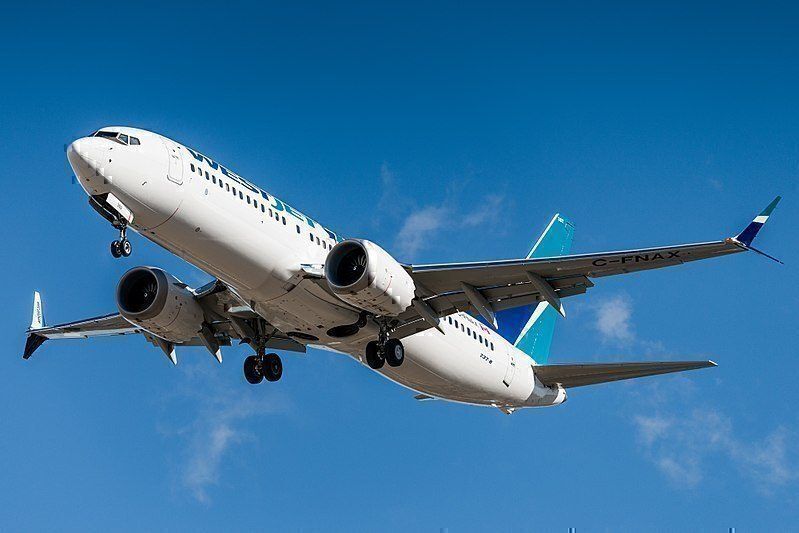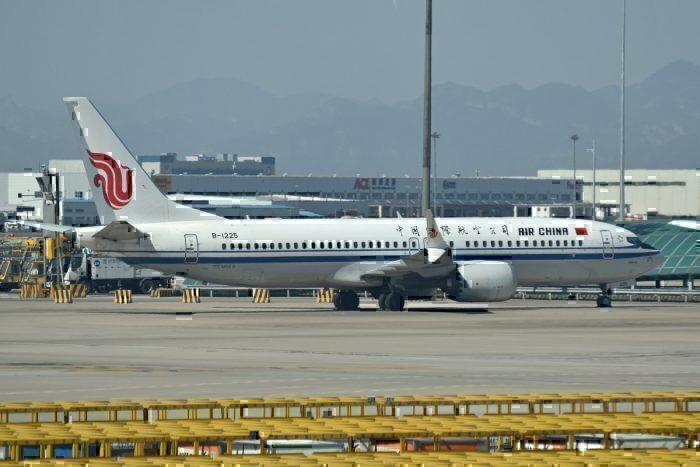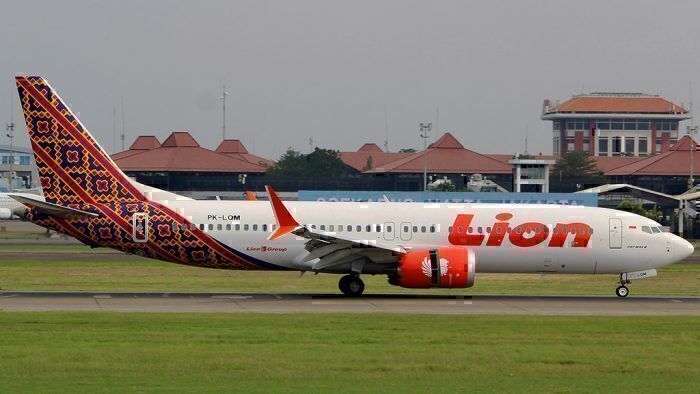Boeing’s 737 MAX has been grounded since March. It almost feels like the new normal. But sooner or later the MAX will get airborne again. The big US airlines seem tentatively optimistic that this may be around the end of the year. But the US and their regulatory agency, the FAA, are just one part of the larger equation. Boeing’s 737 MAX flies into countries and jurisdictions all over the world. Each will need their regulatory agency to tick off the MAX and there’s no guarantee they will simply follow the FAA’s lead.
What will happen if countries don’t lift the 737 MAX ban simultaneously?
The MAX grounding impacts are worldwide
In excess of forty carriers around the world have a combined total of 376 737 MAXs sitting idle. The vast majority of the airlines that have 737 MAXs are based outside of the United States. Each has a local regulatory equivalent of the FAA, which will need to OK the type before it can fly.
In addition, some airlines may plan to fly the MAX into a country which is not a home base for any 737 MAXs of its own. If that country will not allow the 737 MAX into its airspace until it is confident Boeing has sorted out problems with the aircraft, this could pose a logistical nightmare.
Fiji Airways, which has two 737 MAXs grounded, is an example. It flew the aircraft into New Zealand, a nation with no MAXs of its own. But New Zealand’s Civil Aviation Authority will need to give the aircraft the okay before it can land anywhere there. In a statement, New Zealand’s Director of Civil Aviation, Graeme Harris said;
“We continue to monitor the situation closely and analyze information as it comes to hand to determine the safety risks of continued operation of the Boeing 737 MAX to and from New Zealand.”
It is, in a nutshell, a byzantine maze of regulatory authorities that Boeing must satisfy to get the MAX back into the air everywhere. There is absolutely no guarantee this will happen simultaneously. Indeed, the odds are that the exact opposite will occur.
Who will the laggards be?
The western countries which have an aviation regulatory regime similar to the United States will probably fall into line with the FAA’s position reasonably swiftly. These are countries which enjoy close trading, political, and cultural ties with the United States. They also have relatively similar regulatory standards, frameworks, and a fair degree of inbuilt reciprocity.
The laggards will be countries less aligned to the United States. China is an example. China has a lot of stranded 737 MAXs sitting around its airports. It is also in the middle of a trade and political brawl with the United States. It would be optimistic to assume China will simply follow the FAA’s lead and automatically clear the MAX’s to fly in its airspace.
Indeed, you could expect the Civil Aviation Administration of China to assert its independence. The CAAC has said previously in regard to the 737 MAX they will,
“... adopt a risk-based safety elements evaluation mechanism to conduct a comprehensive and in-depth review of its design changes.”
You might expect a similar position from Russia, another big nation that is no friend of the United States right now. The role of politics in getting the 737 MAX back in the air in these countries should not be understated.
Being seen to be independent is a factor
Smaller countries will be keen to assert their independence and send a message to their citizens that they are not just following what the United States does.
Being seen to be independent is usually important from a political and cultural perspective. Even allied countries like New Zealand, whilst enjoying close links to the United States, won’t want to appear to their citizens to be the yes men to the FAA.
This will become even more acute as the cultural and political distance from the United States widens. Aviation authorities in Africa, Central Asia, and the Middle East will want to be seen as conducting their own due diligence independent of the FAA.
And the countries that were most impacted by the 737 MAX - Indonesia and Ethiopia? They'll apply the metaphorical blow torch to the MAX before they give it the okay to fly again.
All of which makes the probability of the 737 MAX getting back into the skies simultaneously a pretty unlikely proposition.
Overall
If this plays out as we expect, it means airlines operating the aircraft will have to stagger the reintroduction of the 737 MAX as clearances to fly come in. It presents further logistical and financial costs to the airlines affected.
How long will this last for? You’d have to think even the most recalcitrant country will get back on board reasonably quickly. In most cases, you’d assume the delay might be a few days. Perhaps in a couple of outlier cases, a week or so. But even the delay of a week will send a strong message that a country and its aviation agency is not beholden to the United States and the FAA.



